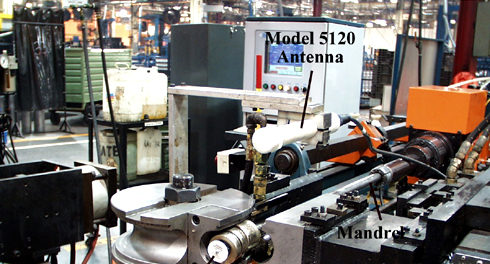Apollo Hospitals Chennai, India's largest health-care facility, is employing an
Icegen Real-time locating system (RTLS/RFID) called “Patient Mantra”
to move 250 patients a day through a series of up to 26 diagnostic procedures. Apollo
Hospitals is interested in minimizing delays associated with moving patients from
one check point to other. In the department-centric world of hospital management,
however, one department's needs are not necessarily compatible with another department's
priorities. A patient's length of stay depends on effective patient tracking software
and Orchestration of their resource plan of care. Length of stay, in turn, has a
direct bearing on capacity management and, ultimately, hospital costs and revenues.
ICEGEN's scalable Patient Tracking solution “Patient Mantra” helps in
automating above said systems and also in resolving the current bottlenecks.
Bottle-necks:
- It was very difficult to find out the area which was heavily crowded and Vice-versa.
- It was literally impossible to find out area where the patient was spending more
time in waiting.
- It was very difficult to find out particular patient at any given point of time.
- Patients leaving without information to the hospital create issues with regard to
appointment with the consultants the next day.
- Patients with High sugar level were not traceable.
- The current system did not guide the patient where to go next for performing the
test.
- They gave a print out for performing various tests, it was completely manual and
error prone.
The Solution : Process Automated using RFID for patient tracking:
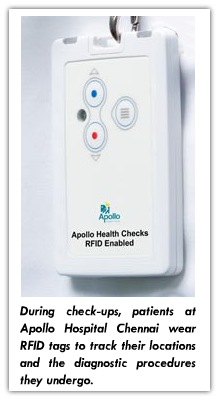
- Patients are tagged with RFID tags that have a unique identification number at the
time of registration.
- As soon as the patient enters the test room and completes the respective test, the
technician will press the RED and the BLUE buttons
in the patient Tag; for process start and Process end.
- “Patient Mantra” will know the location where the patient is and update
the backend about the completion of the respective test and approaching the next
test.
- Digital screens installed at each department displays every patient's name, along
with the department he or she should go to next.
- If the patients jump the queue system; the alert will be sent to the floor manager
about the specific patients.
- Whenever the patient moves IN or OUT of the zone, the IDs of the Wi-Fi nodes receiving
the transmission from the zone automatically captures the RFID Patient tag data.
- The movement of the patients is automatically captured in the backend database without
any manual supervision.
- At any point of time an administrator can get the status of a particular patient
and the zone in which he is present. Also calculate the concentration level of each
zone.
- End of day reports are generated through the “Patient Mantra” system/Application.
- If the patient moves out of the marked zone or leaves the hospital with the tag,
the ALERT message will be sent to the security at the gates and also to the systems
in charge via: SMS, Email etc.
The ICEGEN RTLS system -
“Patient Mantra” has enabled the hospital
to improve the flow of patients through the process, and to save each patient hours
of time that previously may have been spent waiting for a procedure to take place.
The deployment is expected to not only shorten the time patients spend at the hospital,
but also allow the facility to serve more patients each day, due to the added efficiency
it provides.
Apollo was the first of India's hospitals to provide a “package” consisting
of all of a patient's annual health-care diagnostic needs in a single day called
Annual Heal Check -“AHC”. Rather than undergo each procedure at a separate
location and at a different time of the year, a patient can schedule a series of
procedures to be held on the same day at the hospital. Once annually, each patient
arrives at 7 a.m. and proceeds through as many as 26 procedures, by moving from
one department to the next. Those may include blood tests, x-rays, echocardiograms,
sonograms and mammograms, in order to measure the patient's health.
However, because of the hospital's size, as well as the large population of the
community it serves (there are 3.5 million people living in the city of Chennai
alone), the number of patients is large-about 250 each day-and managing their movements
throughout the many departments was a challenge. Patients were not always clear
which department they should report to next, they could end up waiting unnecessarily
in the wrong area, and bottlenecks were often created by too many patients in one
location and not enough in another, thereby leading to delays. Although the procedures
begin at 7 a.m. and should be completed by about 11 or 11:30 AM, patients were often
still in the hospital until 3 p.m. or later, which placed limits on the number of
people who could be served during a given day.
The Icegen system and solution - “Patient Mantra” consists of active
RFID tags for each patient, Wi-Fi nodes to read those tags, Icegen software to interpret
and manage the read data, and digital monitors to display directions to patients.
The system transmits data from Ekahau 2.45 GHz RFID tags to 14 Cisco Wi-Fi nodes,
which Icegen and Cisco installed throughout the diagnostics portion of the building.
Information from the nodes-the tag's ID number and its location based on the IDs
of the Wi-Fi nodes receiving the transmission-is then forwarded to Icegen software
known as “Patient Mantra”, residing on the hospital's back-end database,
which interprets location data and links that information to the existing patient-management
software system that Apollo uses to manage data related to patient visits and billing
The Solution : Process Automated using RFID for patient tracking:
Hospital managers signed onto the “Patient Mantra“ system can view a
map showing where each patient is located in the hospital, which procedures for
each patient still need to be performed, and the number of people waiting in each
area. The software can also alert the staff if a particular section is too congested,
enabling managers to move patients from one location to another, or to rearrange
future schedules. It also identifies the location of the ID number for each patient,
and compares that data against that person's expected location. If he or she is
in the wrong area, management can be alerted and can determine how to proceed-for
example, they can decide whether a staff member needs to redirect that patient to
the proper station. At the same time, video screens installed at each department
display every patient's name, along with the department he or she should go to next.
When a patient registers at the hospital for services, he or she is given a lanyard
with a RFID Tag containing a unique ID number, linked in the “Patient Mantra”
and Apollo back-end software to the patient's name and health-care information.
At the registration desk, the patient is given a schedule of appointments, listing
all of the departments he or she needs to visit, and is informed which department
to visit first. The RFID tag has three buttons, and a staff member presses one of
them in order to activate the tracking of that patient. Anywhere that individual
goes within the diagnostic procedure portion of the hospital, he or she can be tracked
using the Wi-Fi system. For instance, when the patient goes to the blood department,
the system knows when he or she has arrived based on the tag ID reads, and can then
determine that the individual is waiting there for services. If it should only take
15 minutes to be seen in that department, the Icegen software
“Patient mantra”
will display an alert on a PC being monitored by hospital management, indicating
when a patient has been waiting for longer than the expected time span. Management
can then instruct employees to redirect some patients, or to use the data to adjust
future scheduling to improve traffic flow.
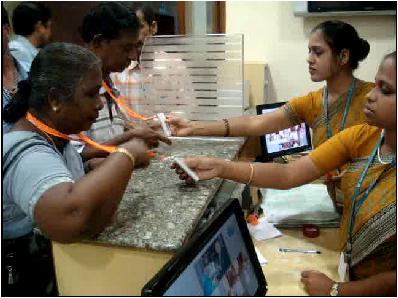
Once the patient is being seen for a particular service, such as a blood draw, a
hospital worker presses BLUE button on that person's tag to indicate that the service
has begun. After the service is complete, the employee presses RED button on the
tag. At this point, the software displays which department the visitor should go
to next. The patient's name and the next department of service are then displayed
on the digital screen mounted in every department, to help direct the patient to
the correct area of the hospital. If the patient were to miss this information and
proceed to the wrong department, the
“Patient mantra” can adjust
for that discrepancy, permit the service to take place (unless it was already provided
to the patient on that day, or if it is not required for that patient) and the software
will again instruct the patient, on the screen, to visit the next appropriate department.
The system is set up for other exceptions as well. If a patient decided to leave
the hospital before completing scheduled services, the system would detect that
a tag was out of range of the Wi-Fi nodes, and a computer screen would display an
alert to a security guard at the exit door. The guard could then intercept that
person as he or she walked through the exit, and redirect that patient to the proper
location. If someone who had completed all of the procedures attempted to leave
the facility without returning a tag, he or she would likewise set off an alert
for the security guard, so that the guard could retrieve the tag. If a patient has
an emergency during any services, he or she can simply tug down on the tag, thereby
triggering an alert that is transmitted to the back-end system and displayed on
the
“Patient Matra”, indicating the name and location of the
patient requiring assistance.
Since the system became operational, Apollo Hospitals Chennai has been able to move
patients through procedures more quickly, thus moving closer to the goal of completion
before noon.
Process TAT Graph from "Patient Mantra".
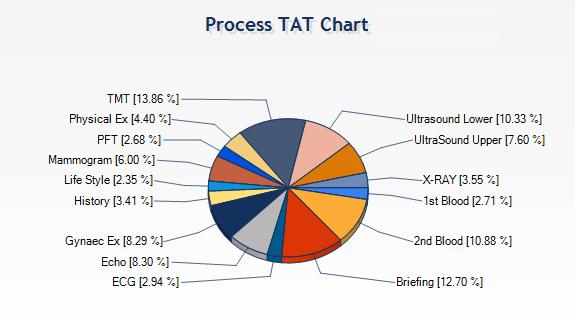 Counter Waiting Time Graph from "Patient Mantra".
Counter Waiting Time Graph from "Patient Mantra".
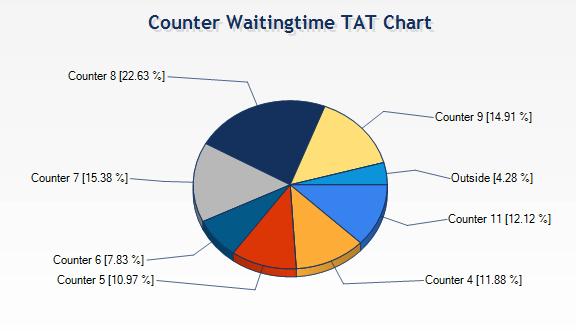 Process Waiting TIme Graph from "Patient Mantra".
Process Waiting TIme Graph from "Patient Mantra".
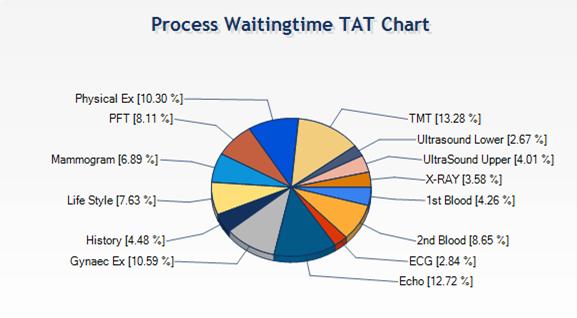 LIVE Report from "Patient Mantra".
LIVE Report from "Patient Mantra".
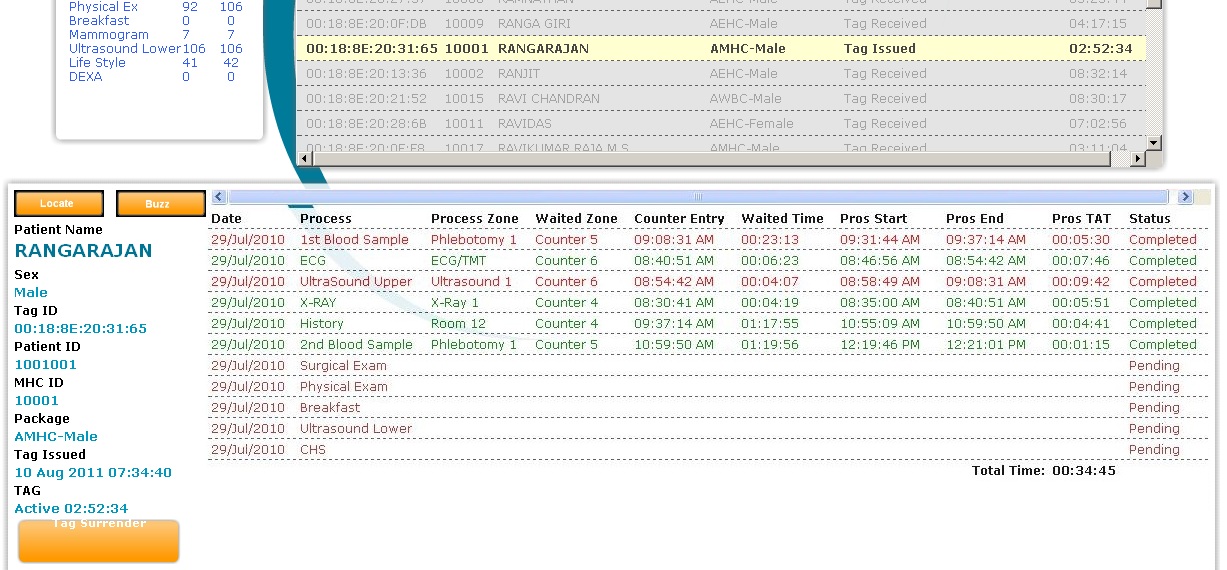

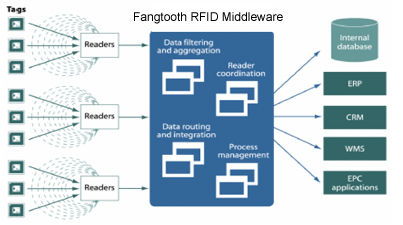


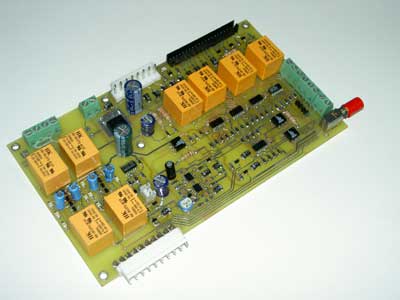



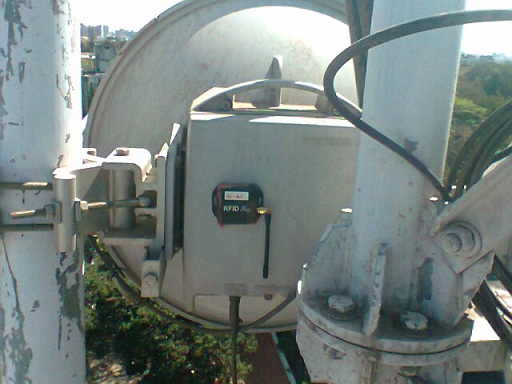 Assets with RFID Tag's.
Assets with RFID Tag's.
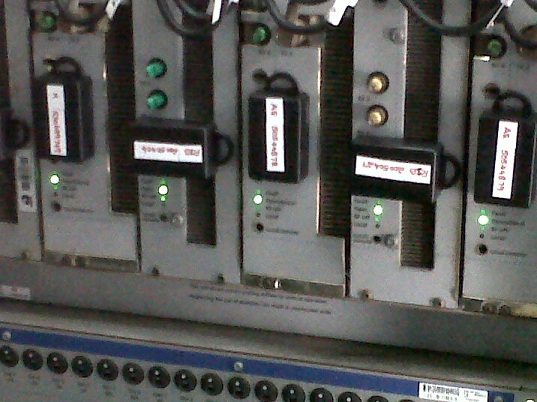

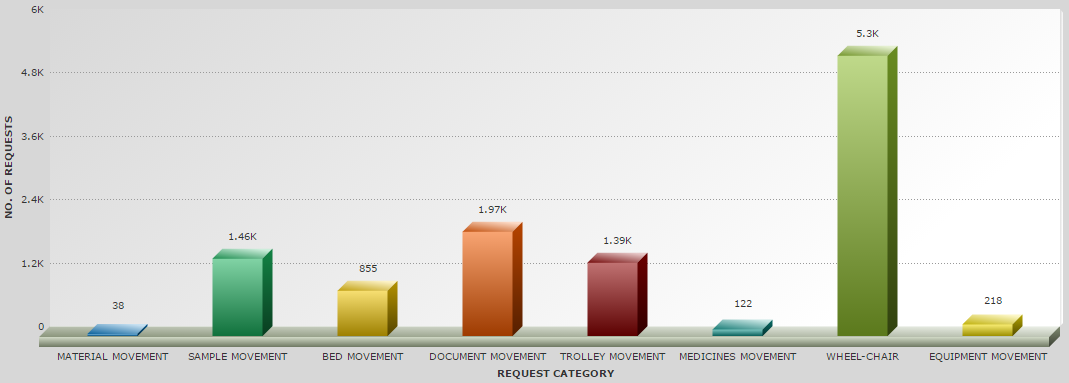 Graph shows the number of request handled by each porter under each category
Graph shows the number of request handled by each porter under each category
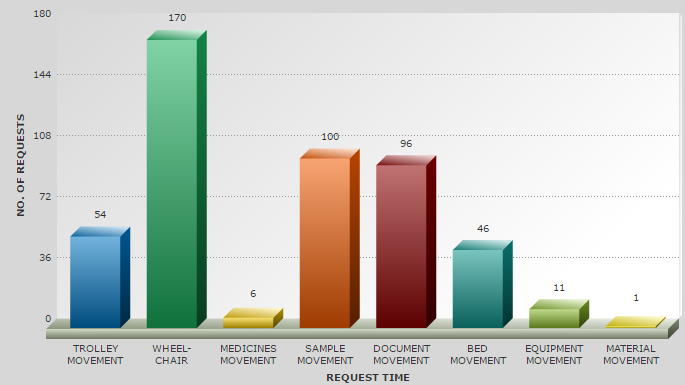 Graph shows the number of request handled by a porter, time-wise
Graph shows the number of request handled by a porter, time-wise
 Graph shows the time taken (in minutes) by a porter for completing a task
Graph shows the time taken (in minutes) by a porter for completing a task

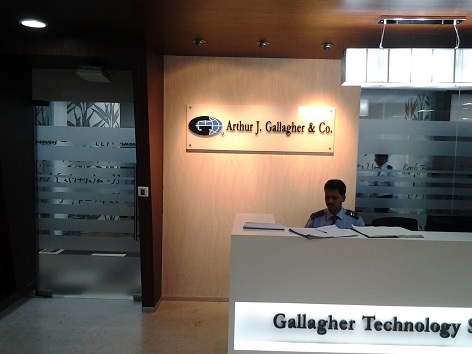 RFID Transponder.
RFID Transponder.
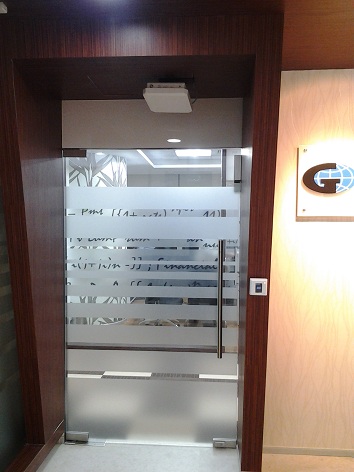

 Once the patient is being seen for a particular service, such as a blood draw, a
hospital worker presses BLUE button on that person's tag to indicate that the service
has begun. After the service is complete, the employee presses RED button on the
tag. At this point, the software displays which department the visitor should go
to next. The patient's name and the next department of service are then displayed
on the digital screen mounted in every department, to help direct the patient to
the correct area of the hospital. If the patient were to miss this information and
proceed to the wrong department, the “Patient mantra” can adjust
for that discrepancy, permit the service to take place (unless it was already provided
to the patient on that day, or if it is not required for that patient) and the software
will again instruct the patient, on the screen, to visit the next appropriate department.
Once the patient is being seen for a particular service, such as a blood draw, a
hospital worker presses BLUE button on that person's tag to indicate that the service
has begun. After the service is complete, the employee presses RED button on the
tag. At this point, the software displays which department the visitor should go
to next. The patient's name and the next department of service are then displayed
on the digital screen mounted in every department, to help direct the patient to
the correct area of the hospital. If the patient were to miss this information and
proceed to the wrong department, the “Patient mantra” can adjust
for that discrepancy, permit the service to take place (unless it was already provided
to the patient on that day, or if it is not required for that patient) and the software
will again instruct the patient, on the screen, to visit the next appropriate department.  Counter Waiting Time Graph from "Patient Mantra".
Counter Waiting Time Graph from "Patient Mantra".
 Process Waiting TIme Graph from "Patient Mantra".
Process Waiting TIme Graph from "Patient Mantra".
 LIVE Report from "Patient Mantra".
LIVE Report from "Patient Mantra".

 RFID Implementation - INDIA POST Mumbai Premises.
RFID Implementation - INDIA POST Mumbai Premises.
 RFID Implementation - INDIA POST Kolkata Premises.
RFID Implementation - INDIA POST Kolkata Premises.
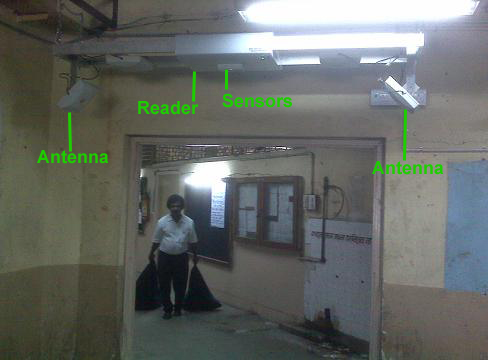 RFID Implementation - INDIA POST Delhi Premises.
RFID Implementation - INDIA POST Delhi Premises.

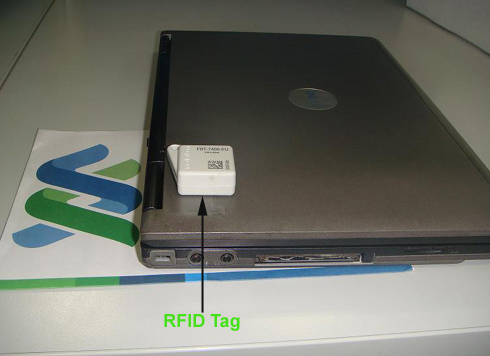 RFID Transponders at Door Entry/Exit
RFID Transponders at Door Entry/Exit
 RFID Handheld Reader for taking Asset Inventory.
RFID Handheld Reader for taking Asset Inventory.
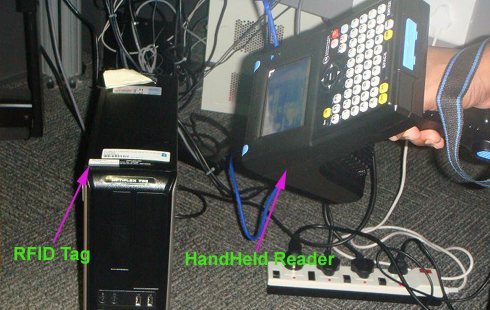
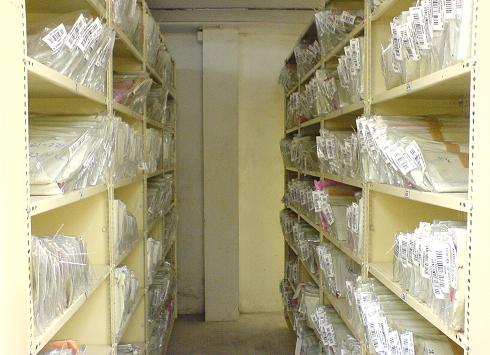
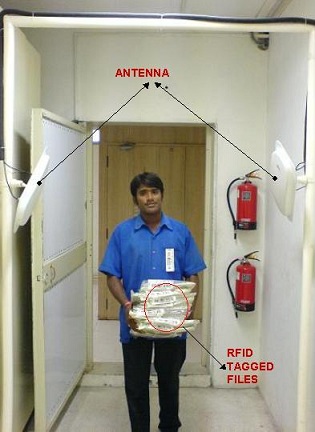
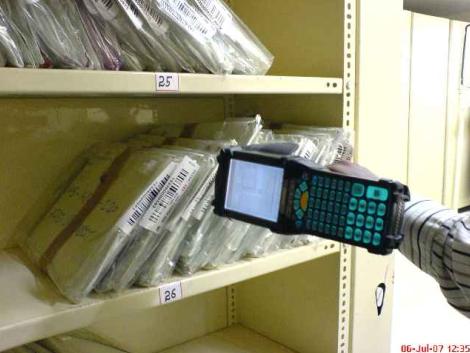


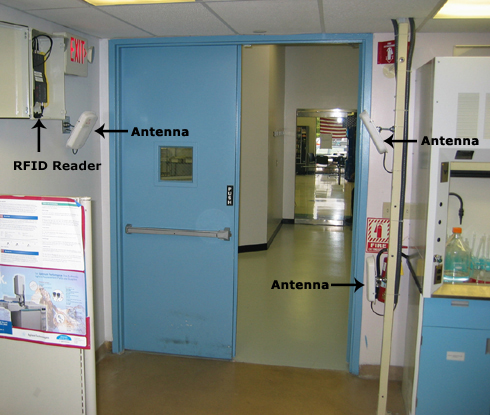
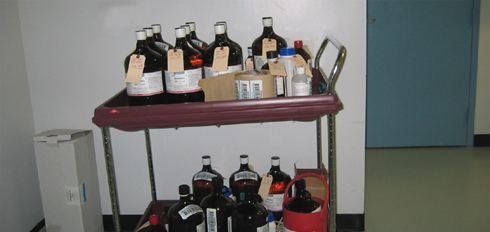
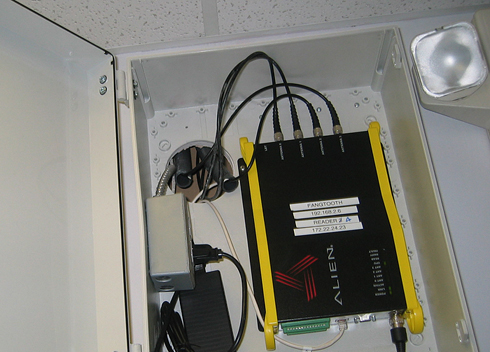




 All AGV (automated guided vehicles) applications are basically the same, the automatic routing of unmanned carts, usually with heavy or dangerous materials. The AGV's shown in our photos are at EI Dupont chemical factory where they manufacture a special plastic that goes between 2 pieces of glass that forms a car windshield. This special plastic will allow the windshield to shatter but not break, saving many thousands of lives in automobile accidents. This plastic is both heavy and must be put through volatile processes of dangerous chemicals.
All AGV (automated guided vehicles) applications are basically the same, the automatic routing of unmanned carts, usually with heavy or dangerous materials. The AGV's shown in our photos are at EI Dupont chemical factory where they manufacture a special plastic that goes between 2 pieces of glass that forms a car windshield. This special plastic will allow the windshield to shatter but not break, saving many thousands of lives in automobile accidents. This plastic is both heavy and must be put through volatile processes of dangerous chemicals. 